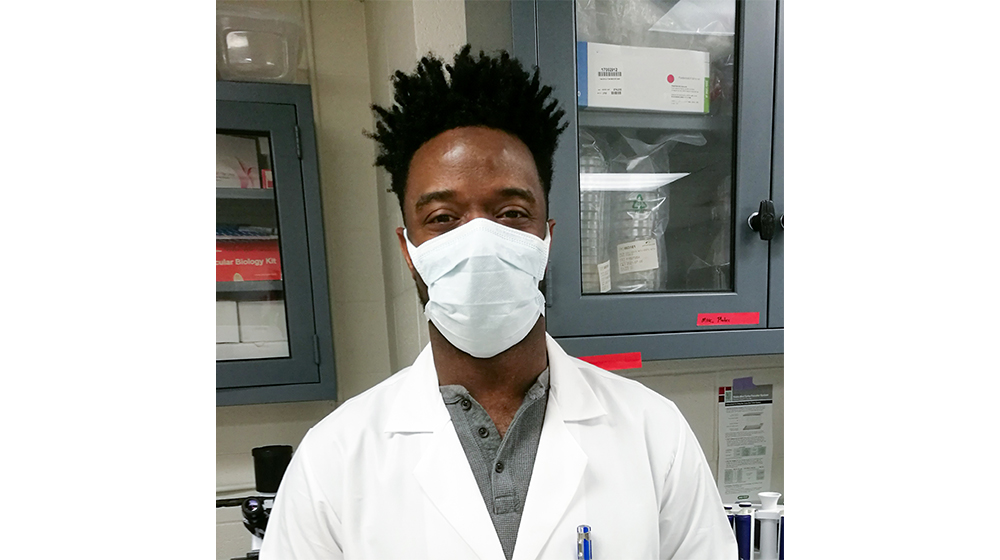To monitor the spread of COVID-19, researchers at the University of Minnesota Medical School in Duluth are turning to an unconventional indicator: sewage.
Glenn Simmons Jr., PhD, is co-leading an effort to test wastewater across Minnesota, and ultimately provide a 10,000-foot view of the outbreak. This would help scientists and public health officials see how prevalent the virus is in a given community and understand where the virus is spiking or trending downward.
“The strategy is all about community first,” explains Dr. Simmons, a UMN assistant professor and Clinical and Translational Science Institute (CTSI) Pre-K Discovery Scholar. “We’re trying to get accurate information to communities and their public health officials so they can better use their limited resources.”
Detecting disconnects
Wastewater is a viable testing target because people who are infected with COVID-19 shed the virus in their fecal matter.
Wastewater facilities across Minnesota, in both rural and urban areas, jumped at the opportunity to contribute to the COVID-19 response. They’re sharing samples with Dr. Simmons and his colleague Richard Melvin who then use a PCR (polymerase chain reaction) process to detect genetic material connected to COVID-19.
Their surveillance technique is already uncovering gaps, Dr. Simmons explains:
“Preliminary data from our lab and others points to a big disconnect between confirmed cases and those who are actually infected.”

Eliminating bias
Dr. Simmons says one of the advantages of their surveillance technique is that it could help eliminate bias inherent in individual testing:
“By tracking the spread of the disease at the community level, we’re not relying on decisions made by individuals, such as whether to get tested or to test someone.”
He explained this is particularly important for addressing the needs of minorities, rural communities, and others underserved by the healthcare system. For example, someone may not trust the medical establishment or feel like they don’t have the time or resources to get to a testing location that’s on the other side of the city or in a different town. Healthcare workers make critical decisions too, like whether a patient has symptoms that warrant a test.
When testing is only done on an individual level, all these decisions need to line up perfectly in order for an infected person to show up in the COVID-19 data.
Reaching those in need
“I wanted to find a way to eliminate the barriers associated with testing individuals,” Dr. Simmons explained. “By testing wastewater, we can track the disease’s spread and potentially get real-time information about its presence in a community before individual testing results show up.”
Dr. Simmons and team will be collecting data about the virus’ presence across the state until Fall 2020. They’ll share their findings to help better serve under-resourced parts of Minnesota and potentially reduce health disparities. The strategy may soon complement other testing measures to monitor COVID-19’s prevalence across Minnesota.
To Dr. Simmons, it’s about doing a public service:
“As a biomedical researcher, it didn’t make sense for me to not join the fight against this disease.”
Enabling the endeavor
The COVID-19 surveillance strategy is supported by funds Dr. Simmons received through CTSI’s Pre-K Discovery Scholars Program, a competitive grant program for assistant professors from populations underrepresented in medicine that helps build their research careers.
With CTSI’s permission, Dr. Simmons was able to use his funds to quickly pivot from his original project to his COVID-19 project. He is actively pursuing additional sources of funding.
“The support I’m receiving as a Pre-K Discovery Scholar has been a game-changer,” says Dr. Simmons. “Without CTSI funding, I wouldn’t be able to do this.”
